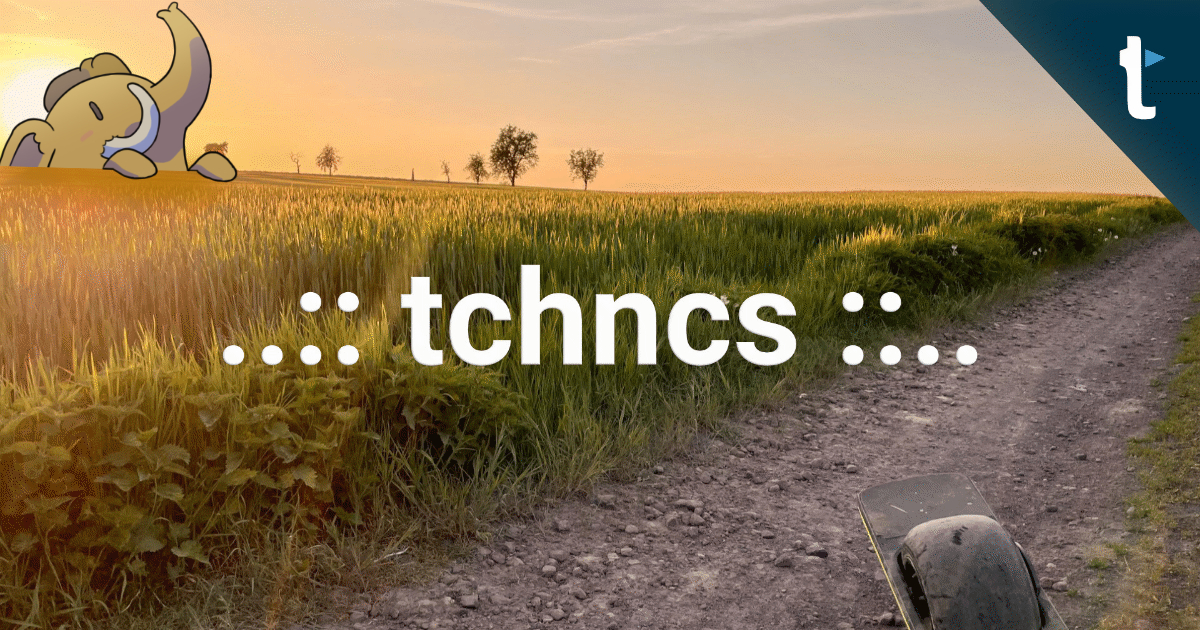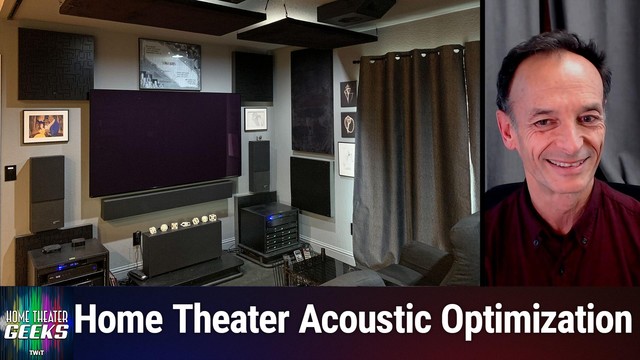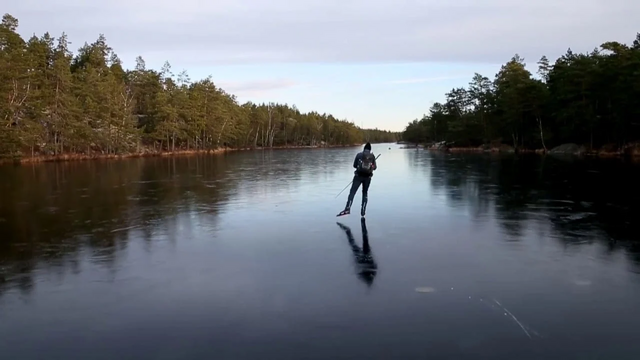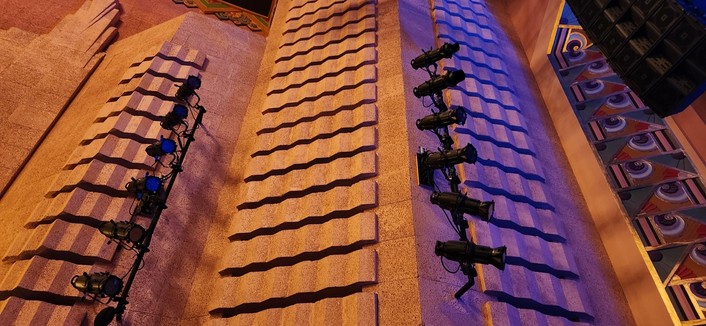Can you fix a bad-sounding room? Scott Wilkinson teams up with theater designer Anthony Grimani to transform his imperfect space on Home Theater Geeks 475.
#HomeTheater #Acoustics
Download and subscribe here: https://buff.ly/kat7Qrk
Recent searches
Search options
#acoustics
Have you heard the incredible sound of skating on thin black ice? ️
When Nordic skaters glide across pristine frozen lakes, their blades create vibrations that travel through the ice sheet, generating otherworldly sounds similar to laser beams or alien spacecraft.
This fascinating acoustic phenomenon demonstrates sound wave #physics in a naturally occurring setting - no special effects needed!
Learn more:` https://thekidshouldseethis.com/post/the-sound-of-ice-nordic-skating-on-thin-black-ice-sounds-like-lasers
A really nice piece of Special Collections digitisation from my excellent team: the annual reports of the Institute of Sound and Vibration Research
library.soton.ac.uk/digital-scho...
#historyOfScience #acoustics
Inside Digital Scholarship - D...
Some thoughts on how to prepare yourself for sonic weapons at public protests: http://mcld.co.uk/blog/2025/how-to-prepare-yourself-for-sonic-weapons-at-public-protests.html (I'd be grateful for responses to improve on this) #acoustics #LRAD
After extensive testing, here’s a 3D model of a Velcro-equipped speaker casing. Designed for a design session where users can explore different placements on a wearable element. As always, modeled with FreeCAD. #3DModeling #WearableTech #SpeakerDesign #FreeCAD #ProductDesign #Prototyping #TechInnovation #IndustrialDesign #OpenSource #HardwareDesign #Engineering #DesignThinking #CAD #Makers #DIY #Acoustics #ElectronicsEnclosure #FLOSS #design #uidesign #tui #wearable
New tech could create "audible enclaves" – localized pockets of sound isolated from surroundings. Imagine listening to music without headphones or having private conversations in public. #Acoustics scholars explain: https://buff.ly/BZaNFfT
Cinefootage Visuals/iStock via Getty Images Plus
Researchers created sound that can bend itself through space, reaching only your ear in a crowd.
From @ConversationUS: "Newly published research introduces a way to create audible enclaves – localized pockets of sound that are isolated from their surroundings."
Seeing Sound
Sound, vibration, and motion are all inextricably linked. In this BBC video, physicist Helen Czerski shows how an object’s sound and vibrations relate through the classic Chladni experiment. She vibrates a metal plate scattered with sand. At most vibration frequencies, the particles of sand bounce all over the place with no distinctive pattern. But at an object’s natural frequencies, there are standing waves and the sand gathers in spots where the standing wave has no vertical motion. The higher the vibration frequency, the more complex the pattern the sand makes. All of this plays into the sounds we hear, too. When struck, an object vibrates at many of its natural frequencies at once. That’s what gives us a rich, musical tone — all those layered frequencies. (Video and image credit: BBC)
BioSonics spectroscopy can 'listen' to the sounds made by individual viruses
https://phys.org/news/2025-01-biosonics-spectroscopy-individual-viruses.html
I have been in some exhilarating conversations over the past few days about additional ways to use the sound sensors on the #PICO bubble chamber experiment. While these ideas may ultimately be dead ends, it is exciting to engage with colleagues across the collaboration in trying some new (crazy?) ideas.
I love going up alleys to see if they are blind.
"Forget sightseeing. How about sound-hearing?" asks Hannah Nepilova for @BBCNews's Music Magazine. Here's her story on destinations with weird and wonderful acoustics, from a New York installation by Max Neuhaus to the Sagano Bamboo Forest in Japan.
#Journals | ActaAcustica
Contribute to @ActaAcustica ’s upcoming Topical issue “Development of European Acoustics in 20th Century”.
Submission Deadline: January 31, 2025
Find out more: https://t.co/TCK8zejT8c
#CallForPapers #Acoustics #Research #EAAacoustics
#ScienceMastodon
#ScientificPublishing
@ScienceScholar
@academia @phdlife @phdstudents
@academicsunite @academicchatter
@ScienceAdm
Measuring the Mighty Roar of SpaceX’s Starship Rocket https://hackaday.com/2024/11/21/measuring-the-mighty-roar-of-spacexs-starship-rocket/ #spacelaunchsystem #acoustics #starship #science #spacex #space #sls
We are in dire need for a Raven Pro software license. This license is $100. Is there a kind soul out here who would be willing to donate this license to us? We will acknowledge you in the published manuscript! #help #cats #catsofMastodon #bioacoustics #acoustics #Cornell
#Journals | ActaAcustica
Contribute to @ActaAcustica ’s upcoming Topical issue “Development of European Acoustics in 20th Century”.
Submission Deadline: January 31, 2025
Find out more: https://t.co/TCK8zejT8c
#CallForPapers #Acoustics #Research #EAAacoustics
#ScienceMastodon
#ScientificPublishing
@ScienceScholar
@academia @phdlife @phdstudents
@academicsunite @academicchatter
@ScienceAdm
Tracking Tonga’s Boom
When the Hunga Tonga-Hunga Ha’apai volcano erupted in January 2022, its effects were felt — and heard — thousands of kilometers away. A new study analyzes crowdsourced data (largely from Aotearoa New Zealand) to estimate the audible impact of the eruption. The researchers found that the volume, arrival time, and nature of the rolling rumble reported by survey takers correlated well with seismic measurements. But humans provided data that monitoring equipment couldn’t. For example, reports of shaking buildings and rattling windows let researchers estimate the shock wave‘s overpressure far from the volcano. The team suggests that acting quickly to collect human impressions of rare events like this one can add valuable data that’s otherwise overlooked. (Image credit: NASA; research credit: M. Clive et al.; via Gizmodo)





